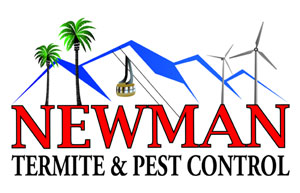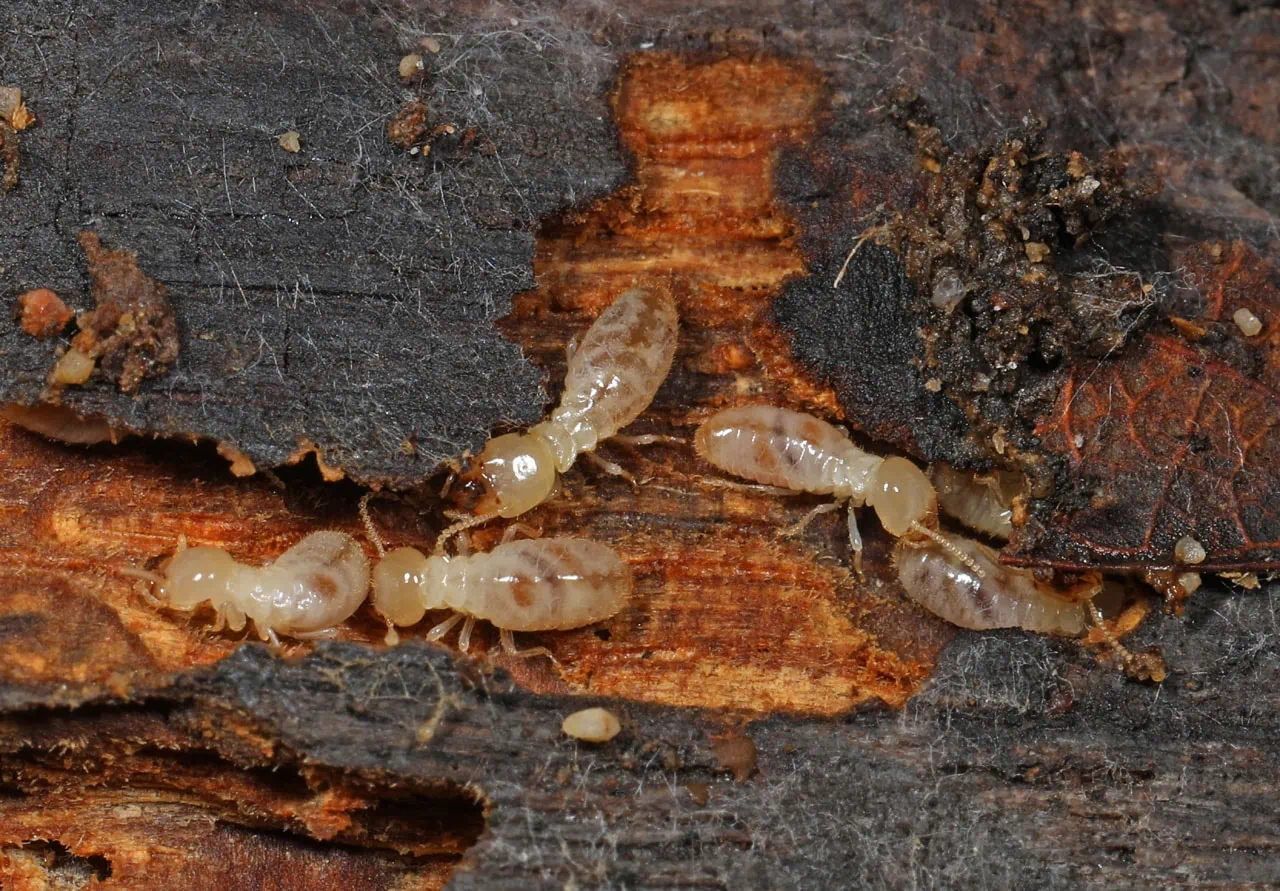Are you ready to embark on a fascinating journey into the world of the remarkable mound building termites of Southern Africa?
These tiny creatures have a big impact on their ecosystem, and their unique adaptations and intricate architecture will leave you in awe.
Discover the social structures and hierarchies that govern their colonies, and learn about the conservation efforts aimed at protecting these incredible insects.
Get ready to explore the wonders of the mound building termites like never before!
The Ecosystem Impact of Mound Building Termites
The ecosystem impact of mound building termites is significant. These fascinating creatures play a crucial role in maintaining the balance of their environment through their ecosystem services.
One of their most remarkable contributions is the creation of intricate termite mounds that dot the landscape of southern Africa. These mounds are not merely architectural marvels but also serve as important centers of activity for termites and other organisms.
The termite mound distribution is carefully planned and strategically placed, allowing for efficient regulation of temperature and humidity within the mound. This, in turn, creates microhabitats that support a diverse range of plant and animal species.
From providing shelter to enhancing soil fertility, the ecosystem services offered by mound building termites are vital for the overall health and functioning of the ecosystem they inhabit.
Unique Adaptations of Mound Building Termites
You’ll be amazed by the unique adaptations these termites have for their mounds.
Termites are known for their remarkable behavior and impressive mound construction skills.
One of their most fascinating adaptations is their ability to regulate temperature within the mound. By building intricate ventilation systems, termites can maintain a constant temperature, even in the hottest or coldest of environments. They achieve this by opening and closing specific tunnels to control airflow.
Another interesting adaptation is their construction of chimneys on top of the mound. These chimneys serve as exhaust vents, allowing carbon dioxide to escape and fresh air to enter. This ensures a constant supply of oxygen for the termites living inside.
These adaptations showcase the incredible engineering skills of these tiny insects and demonstrate their ability to create a thriving and sustainable environment within their mounds.
The Intricate Architecture of Termite Mounds
These tiny insects in Southern Africa have created an intricate and sustainable environment within their mounds. Termite mound construction is a marvel of engineering, with each mound serving as a complex structure that provides shelter, protection, and ventilation for the termite colony. The mounds are built using a combination of soil, saliva, and termite secretions, forming a hard and durable structure. The architecture of these mounds is designed to maximize airflow and temperature regulation, crucial for the survival of the termite colony. Ventilation is achieved through a series of tunnels and chimneys that allow fresh air to circulate, preventing the buildup of carbon dioxide and regulating temperature and humidity. The table below highlights the key features and functions of termite mound construction and ventilation.
| Feature | Function |
|---|---|
| Soil and Saliva | Provides structural stability and strength |
| Tunnels | Facilitates movement and airflow |
| Chimneys | Ventilates the mound and regulates temperature |
| Regulation of CO2 | Prevents buildup of harmful gases |
Understanding the intricate architecture of termite mounds and their ventilation systems gives us insight into the remarkable adaptability and survival strategies of these tiny insects.
Mound Building Termites: Social Structures and Hierarchies
Mound-building termites have a complex social structure and hierarchical system. As you explore the world of these fascinating insects, you’ll discover that their social structures are remarkably similar to our own.
Here are some key aspects of their society:
- Queen and King: The termite colony is led by a queen and king, who are responsible for reproduction and ensuring the survival of the colony.
- Workers: The majority of the termites are workers, responsible for building and maintaining the mound, gathering food, and taking care of the young.
- Soldiers: These termites have large jaws and are responsible for defending the colony against intruders.
- Reproductives: These flying termites are winged and leave the colony to start new ones, ensuring genetic diversity.
Understanding the social structures and reproductive behavior, as well as defense mechanisms of mound-building termites provides a fascinating glimpse into the intricate workings of their colonies.
Conservation Efforts for Mound Building Termites in Southern Africa
Conservation efforts are currently being implemented to protect the habitats of mound-building termites in Southern Africa. To ensure the survival of these fascinating creatures, various conservation strategies are being employed, with community involvement playing a crucial role.
Local communities are actively participating in the preservation efforts by promoting sustainable land use practices and raising awareness about the importance of termite habitats. They are encouraged to adopt environmentally friendly agricultural methods that minimize disturbance to termite mounds and their surrounding ecosystems.
Additionally, community members are trained to identify and report any illegal activities, such as the destruction of termite mounds for construction purposes. By involving the community in these conservation initiatives, there is a greater chance of long-term success in protecting the habitats of mound-building termites and the biodiversity they support.
Frequently Asked Questions
How Long Do Mound Building Termites Live?
Mound building termites have a relatively short lifespan, but their survival rate is impressive. On average, they live for about 1-2 years. However, some individuals can survive up to 5 years under ideal conditions.
These termites have developed remarkable skills for building intricate mounds that provide them with protection and stability. Their ability to adapt and survive in harsh environments is truly remarkable.
What Is the Average Size of a Termite Mound?
The average height of a termite mound is an impressive feat of construction. These remarkable insects build mounds that can reach towering heights, showcasing their incredible ability to create complex structures.
The process of mound construction involves a coordinated effort by the termite colony, with each member playing a specific role in building and maintaining the mound.
It is truly fascinating to witness the intricate and precise work of these mound-building termites.
Do Mound Building Termites Have Any Natural Predators?
Are mound building termites a threat to agriculture, and how can they be controlled?
It is important to understand if these termites have any natural predators. Predators play a crucial role in controlling termite populations, as they help keep their numbers in check. Without predators, the termites could potentially become a threat to agriculture.
Additionally, understanding the predators of mound building termites can help in developing effective newmans pest control strategies to mitigate any potential damage they may cause.
How Do Mound Building Termites Obtain Their Food?
Mound building termites obtain their food through their unique foraging habits. They have a diverse diet, consisting of various organic matter such as wood, grass, and dead plant material.
These termites are known for their remarkable ability to break down cellulose, thanks to the help of symbiotic microorganisms in their gut.
They tirelessly search for food sources, constantly exploring their surroundings to find new and abundant food supplies.
What Are the Reproductive Habits of Mound Building Termites?
In the reproductive cycle of mound building termites, their mating behavior is quite fascinating. These termites have a complex system where a queen and king mate and produce offspring.
The queen can lay thousands of eggs, ensuring the survival of the colony.
Mound building termites engage in nuptial flights, where winged reproductive termites mate and establish new colonies. This mating behavior plays a crucial role in the growth and sustainability of the termite population.
Conclusion
In conclusion, you’ve just scratched the surface of the fascinating world of mound-building termites in southern Africa. These remarkable creatures have a significant impact on their ecosystem, with their unique adaptations and intricate mound architecture.
Their social structures and hierarchies also contribute to their success. It is crucial to continue conservation efforts to protect these termites and ensure the balance of their environment.
So next time you come across a termite mound, take a moment to appreciate the incredible work of these tiny architects.

